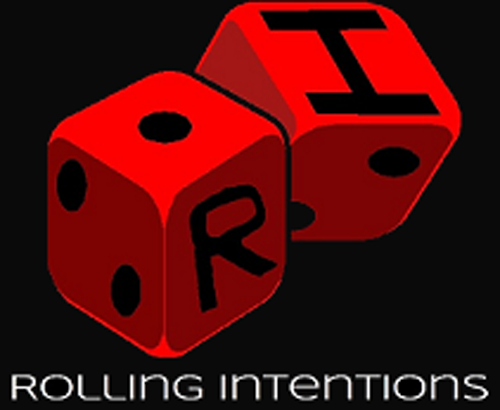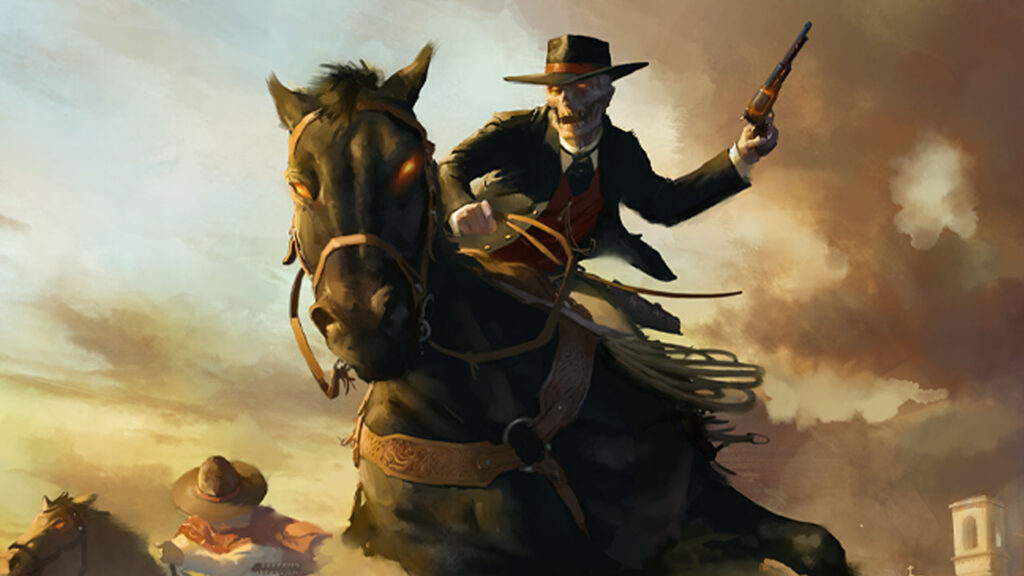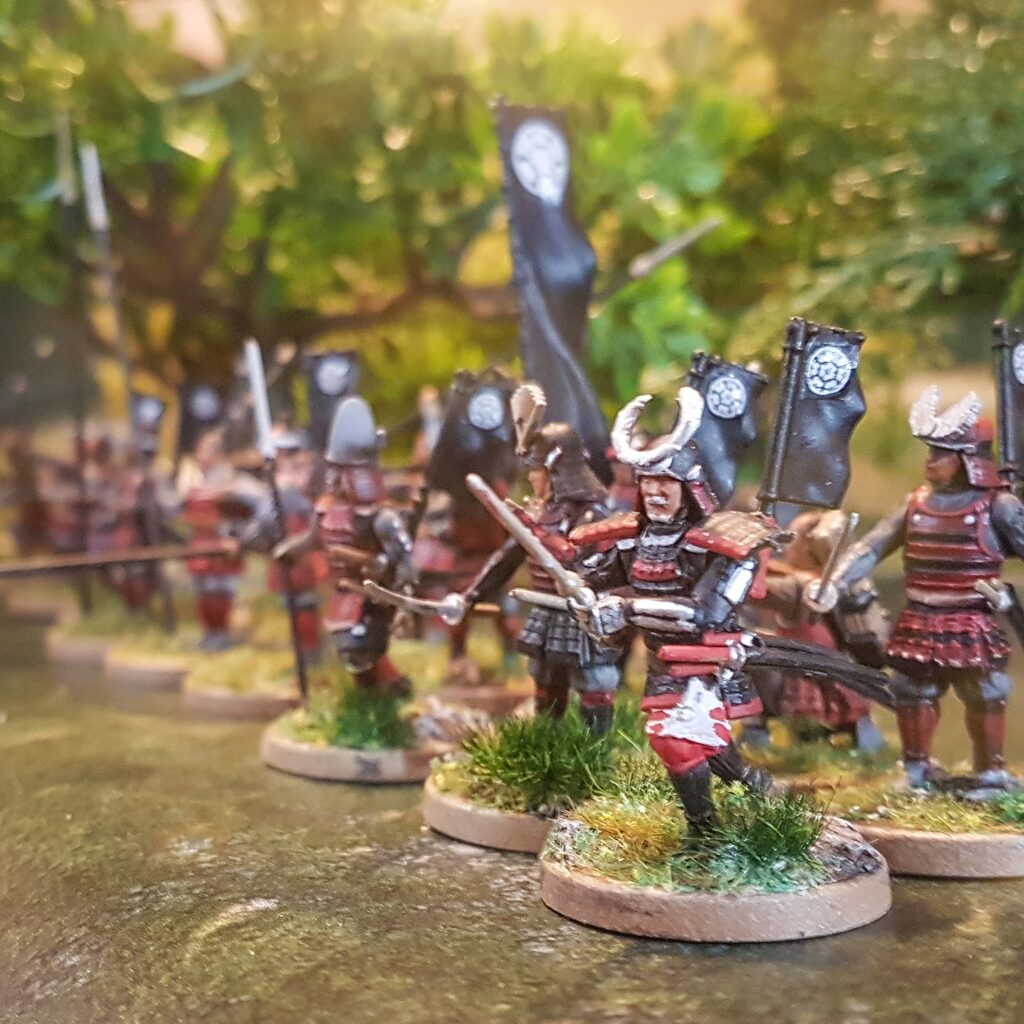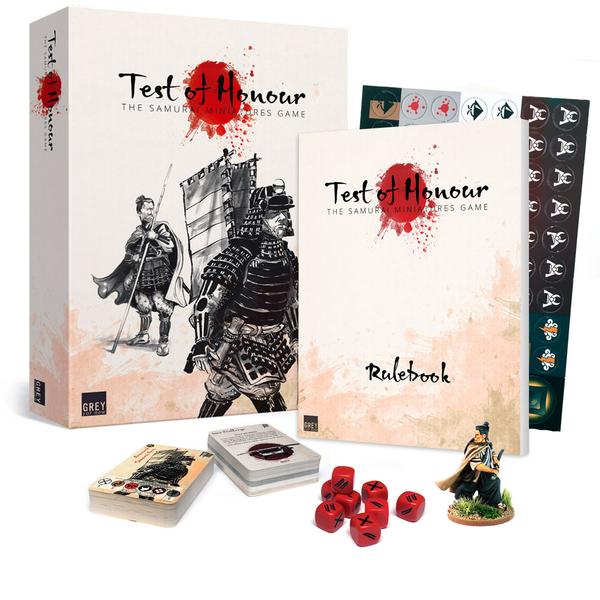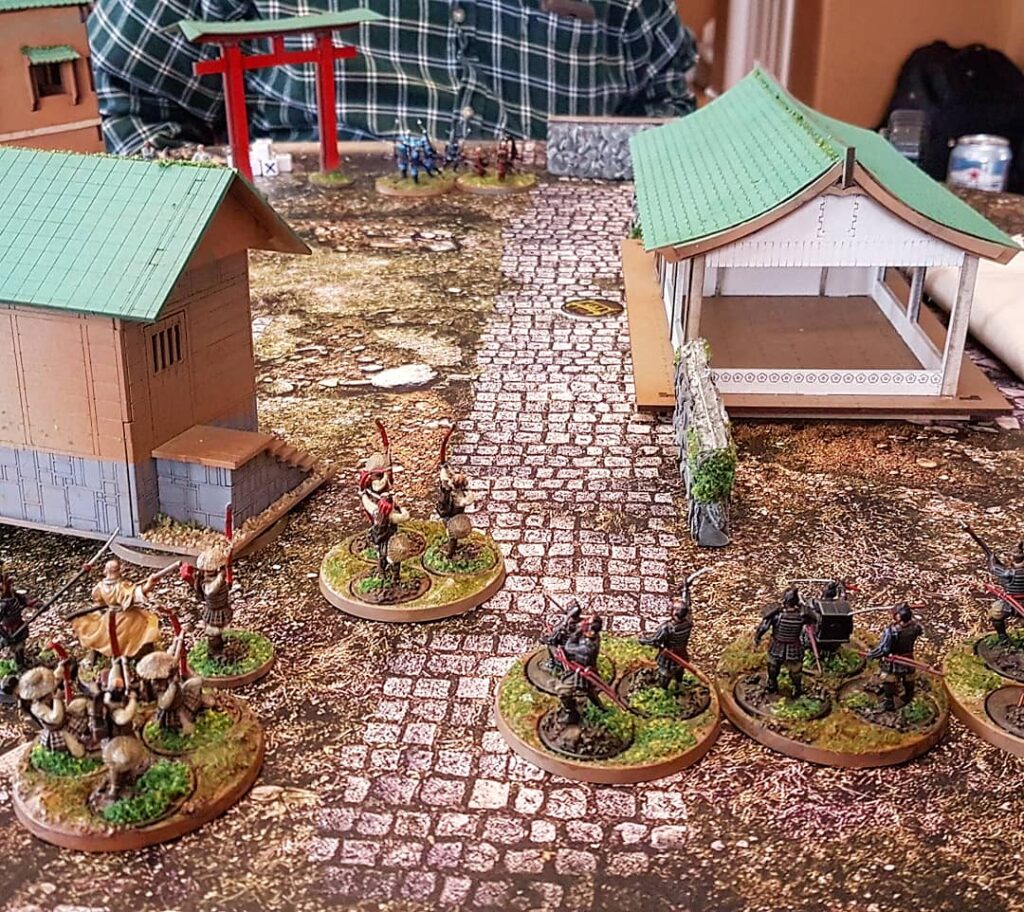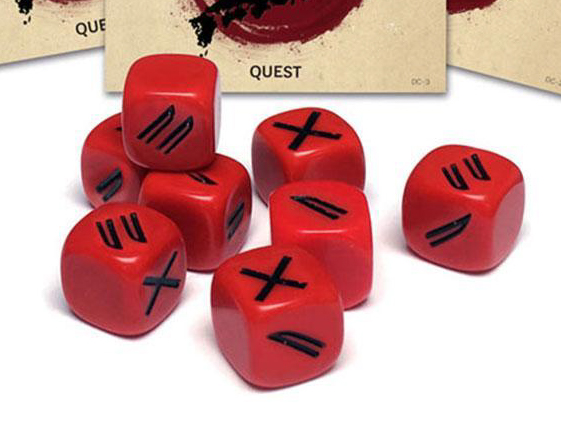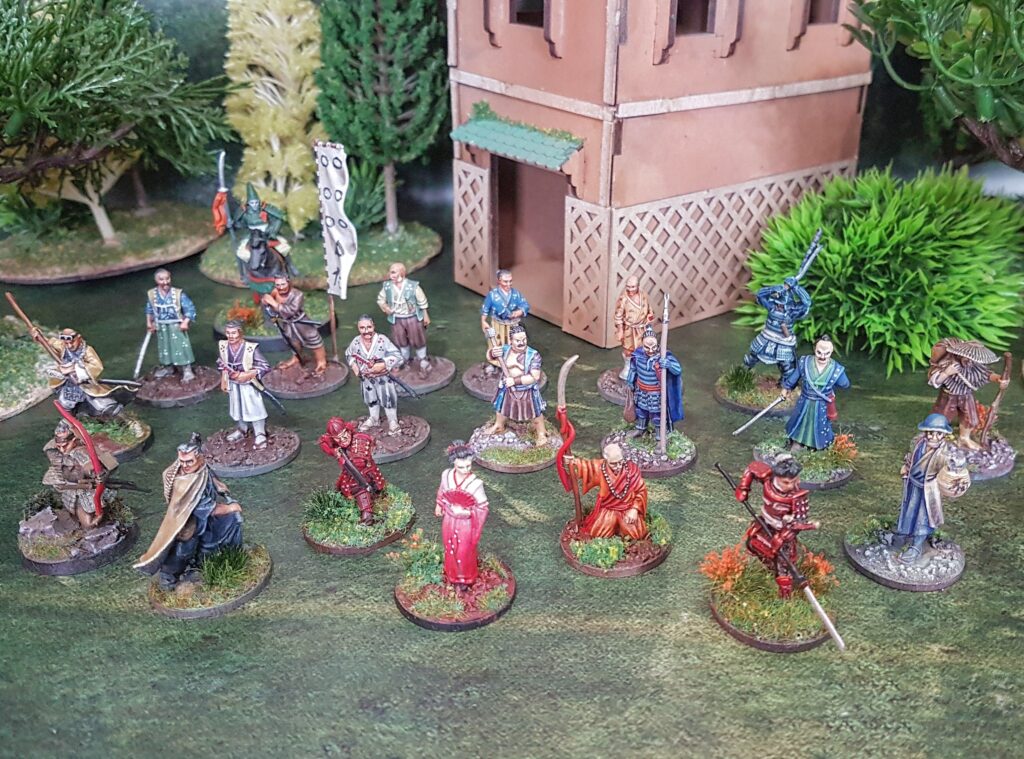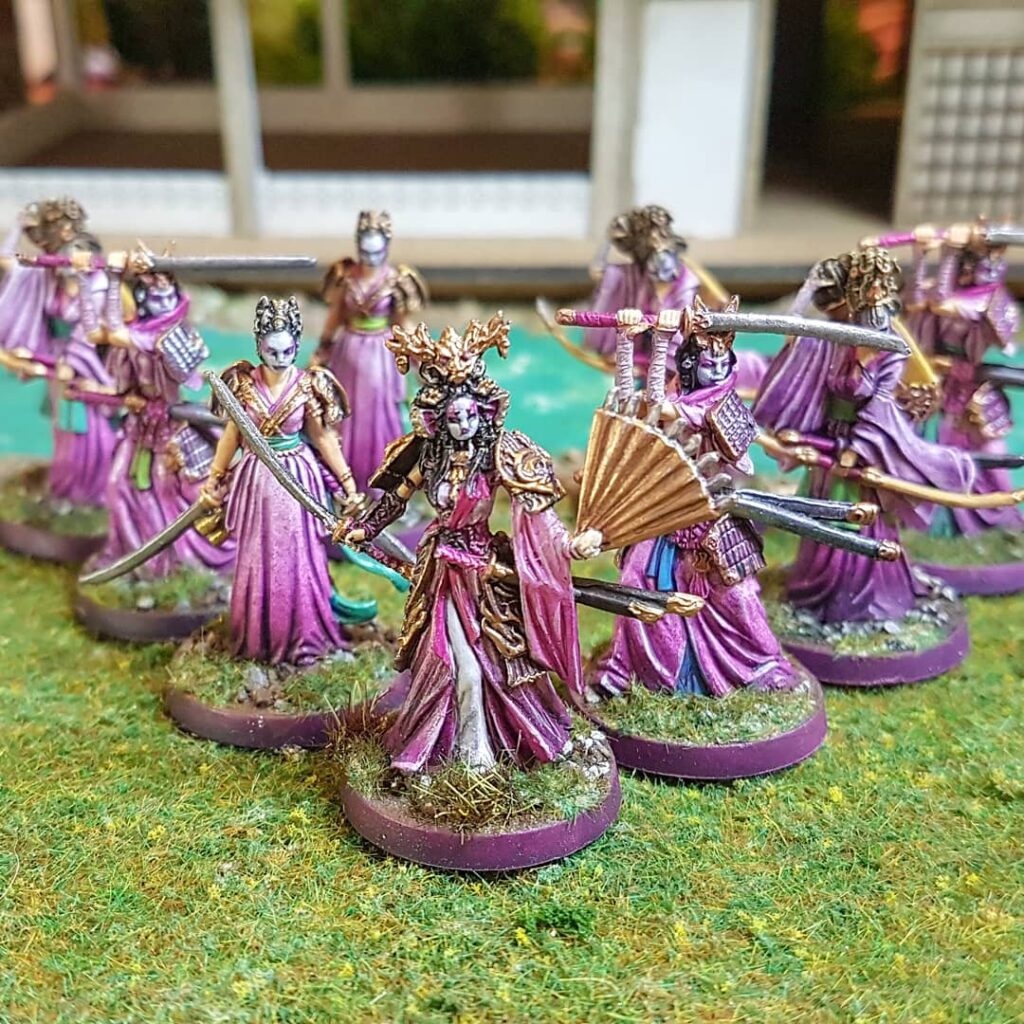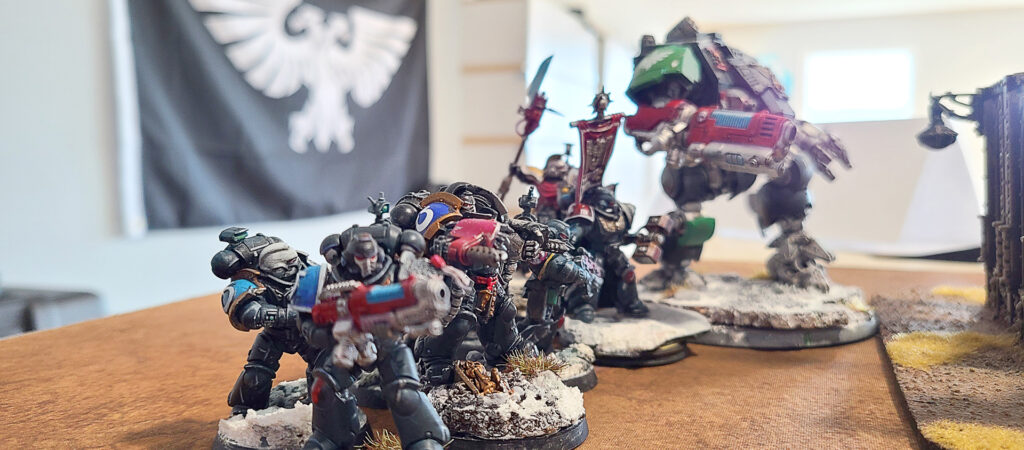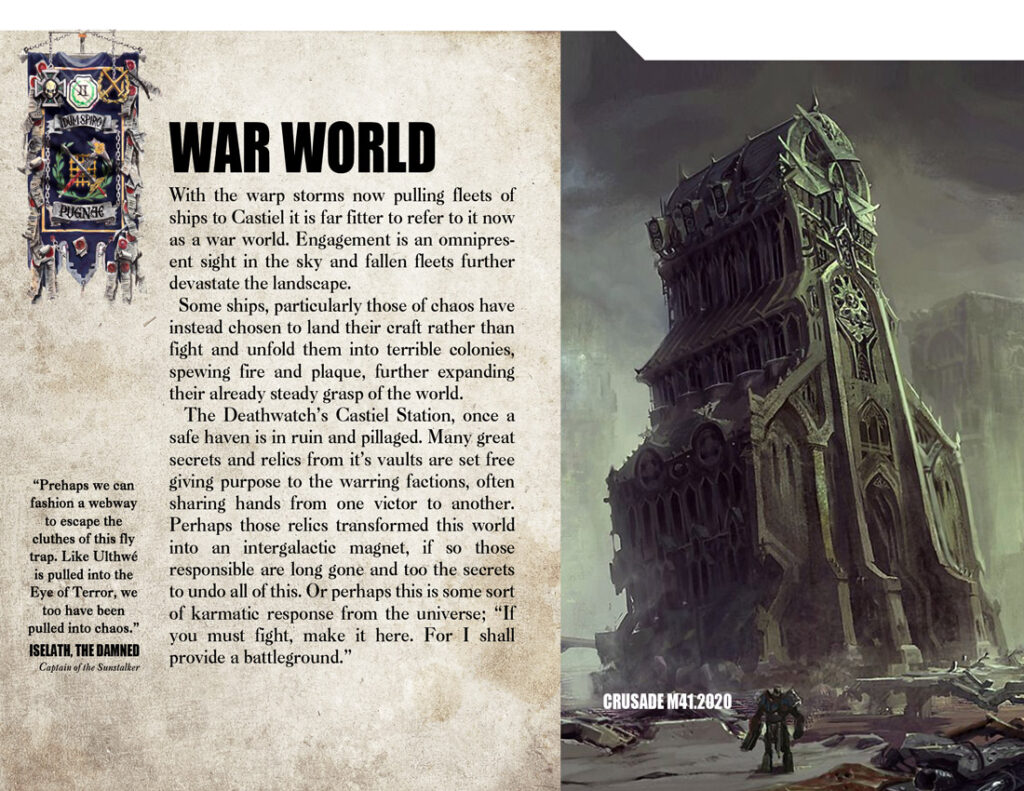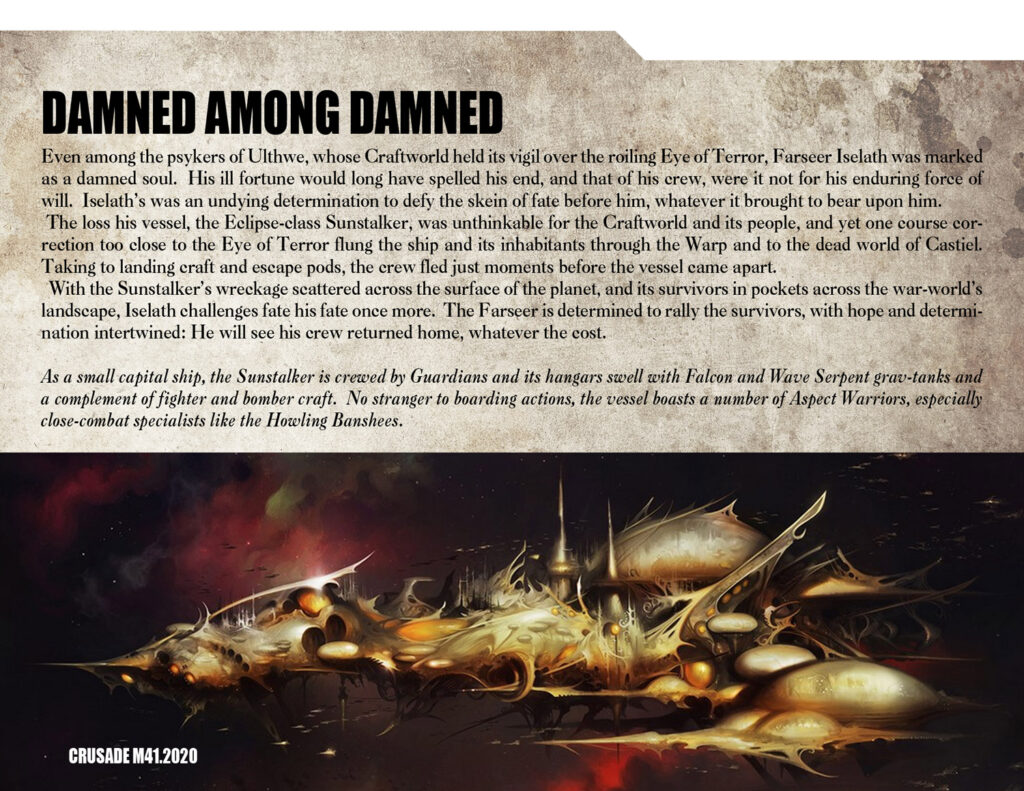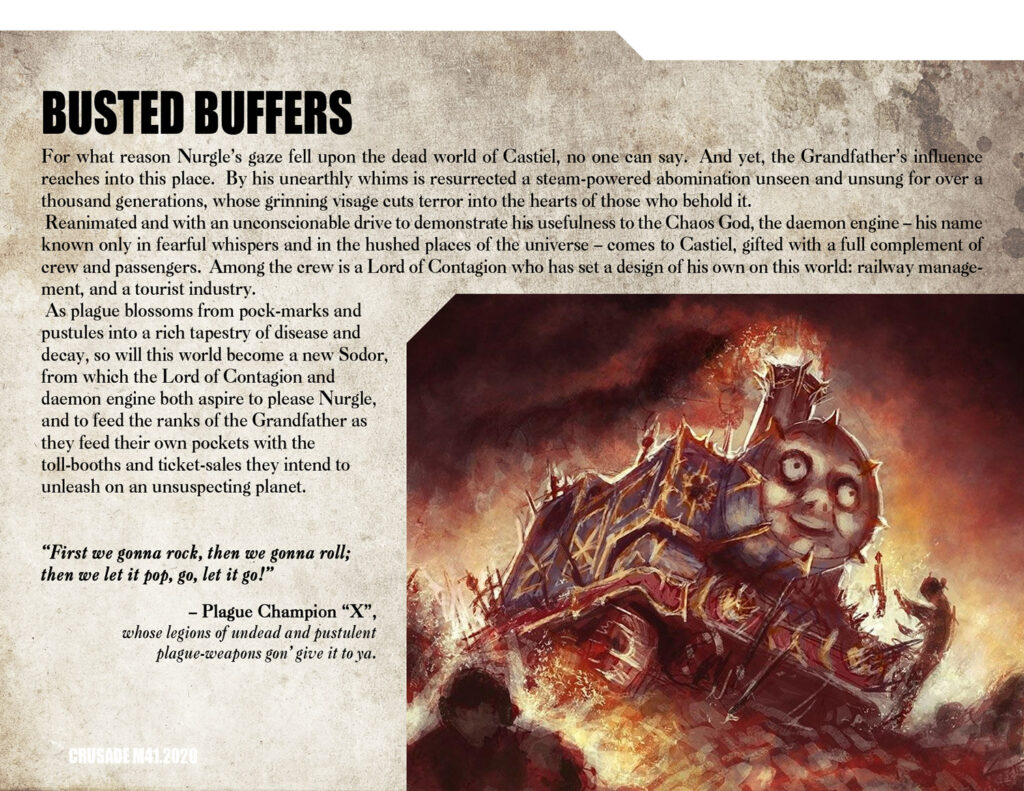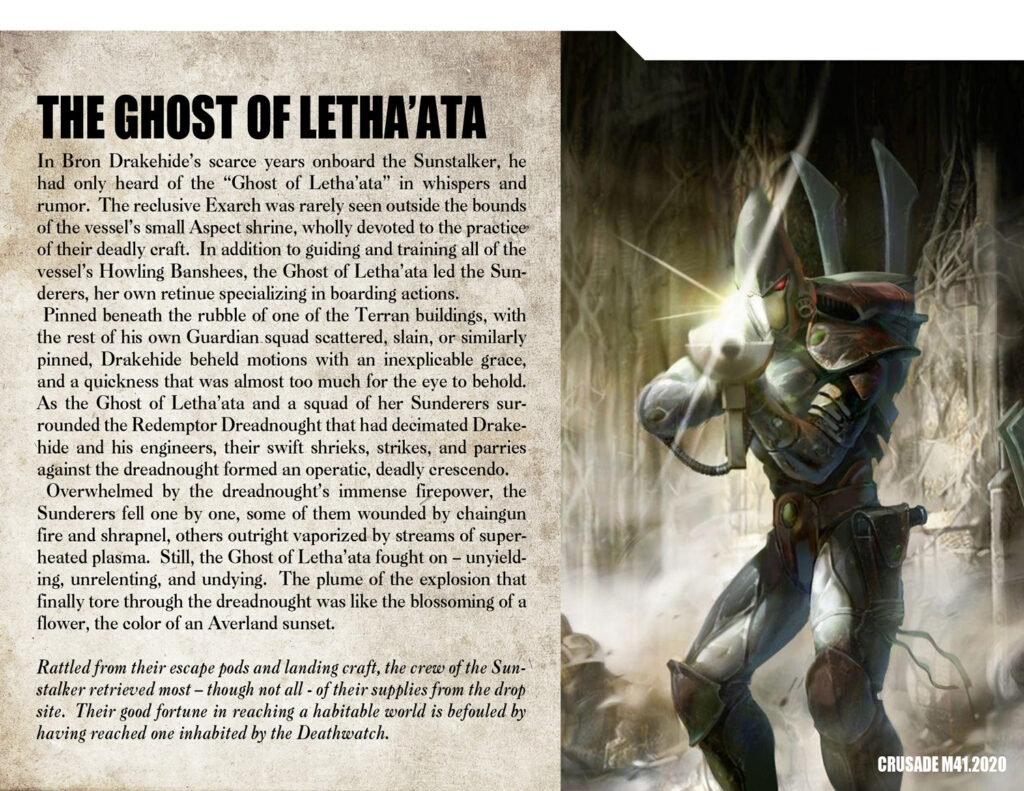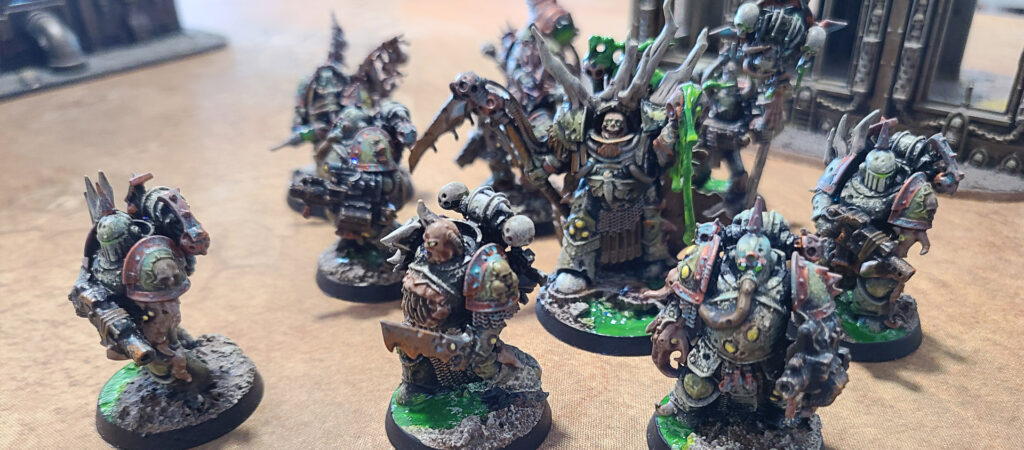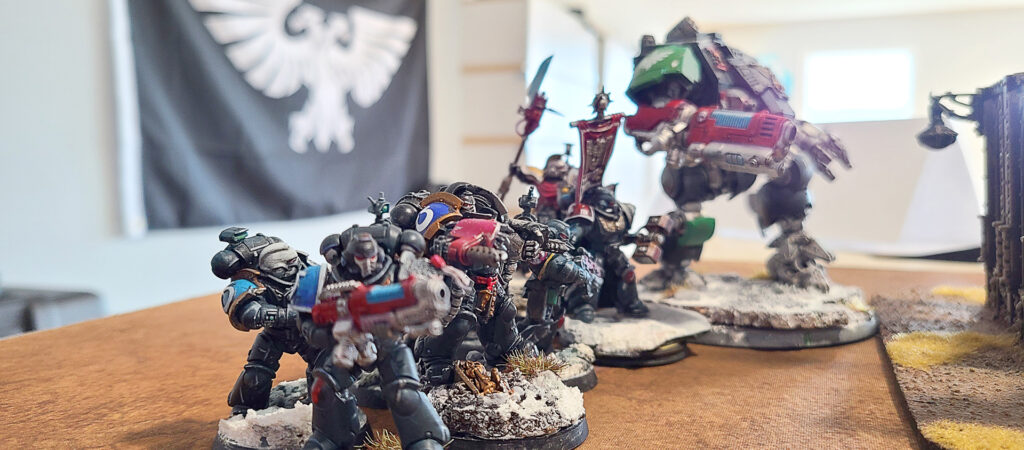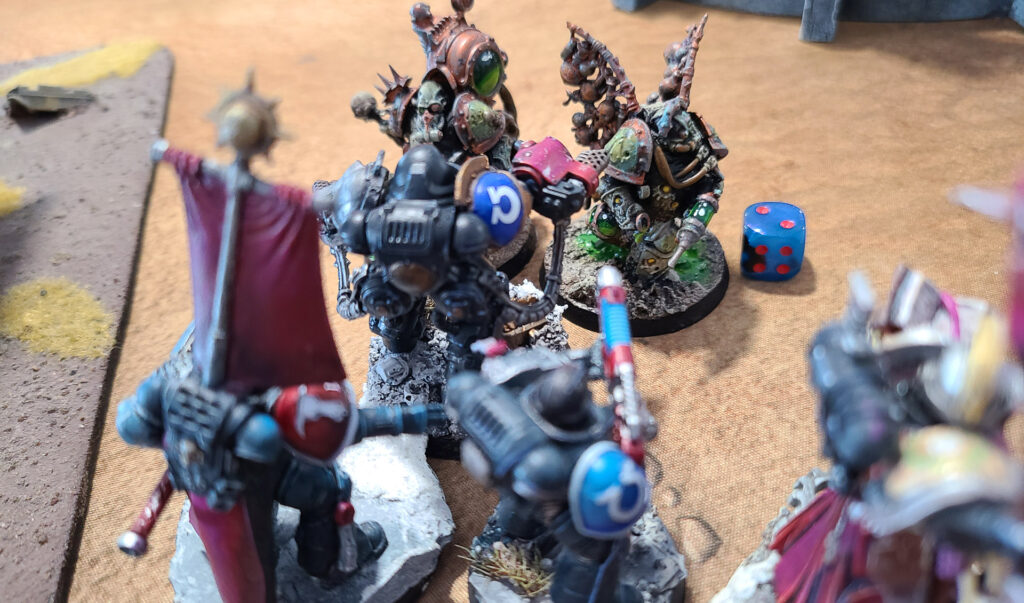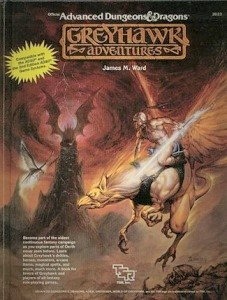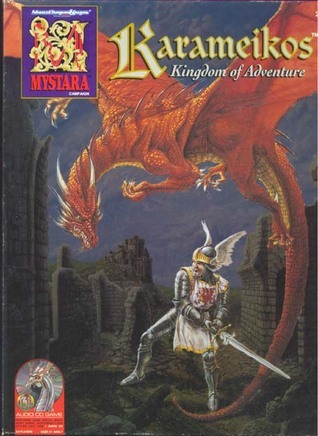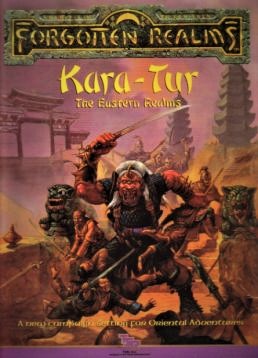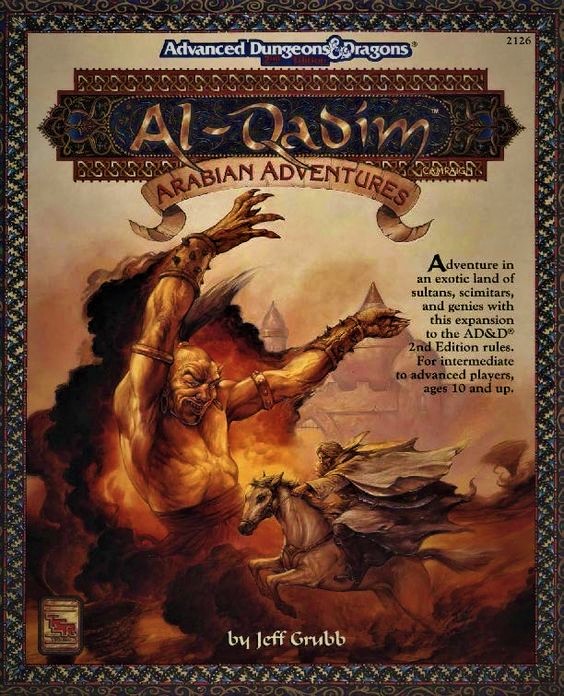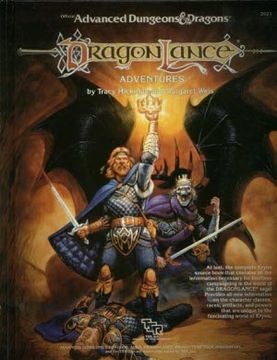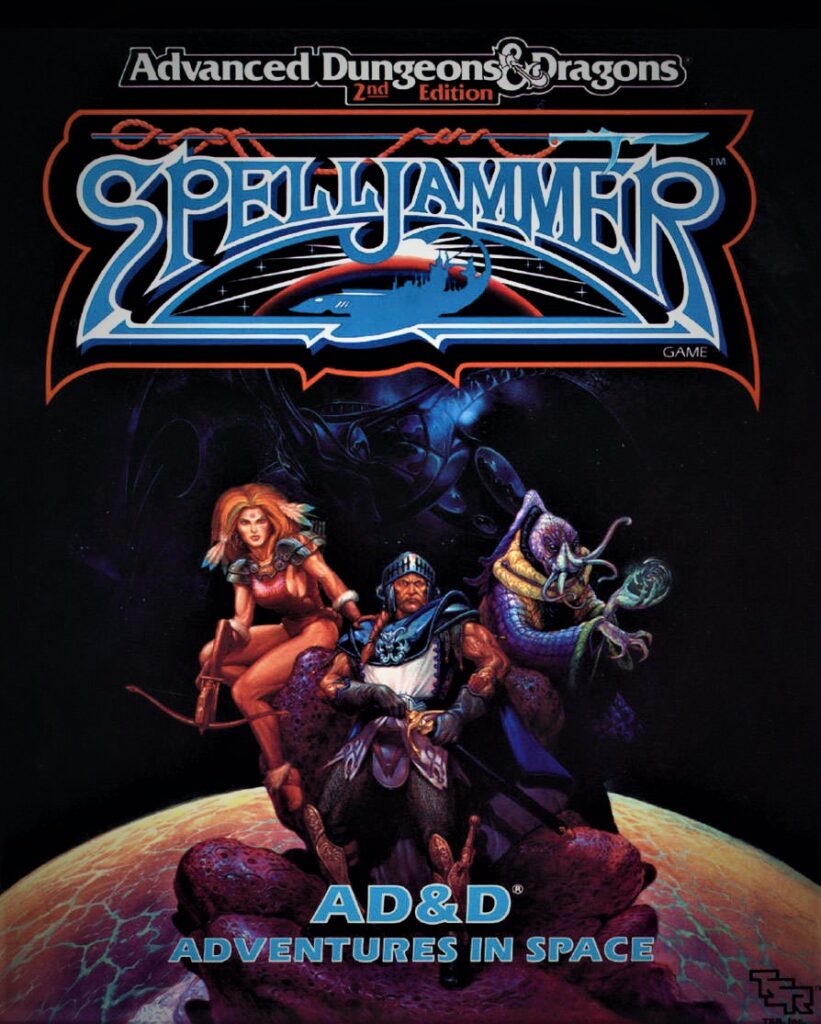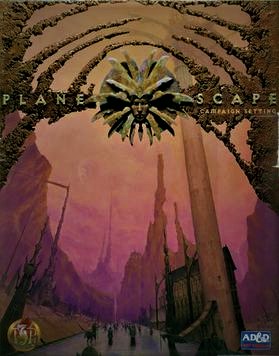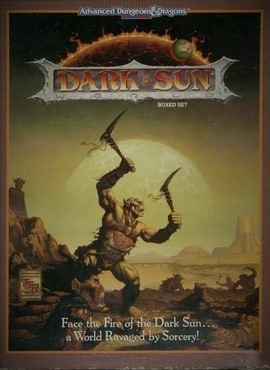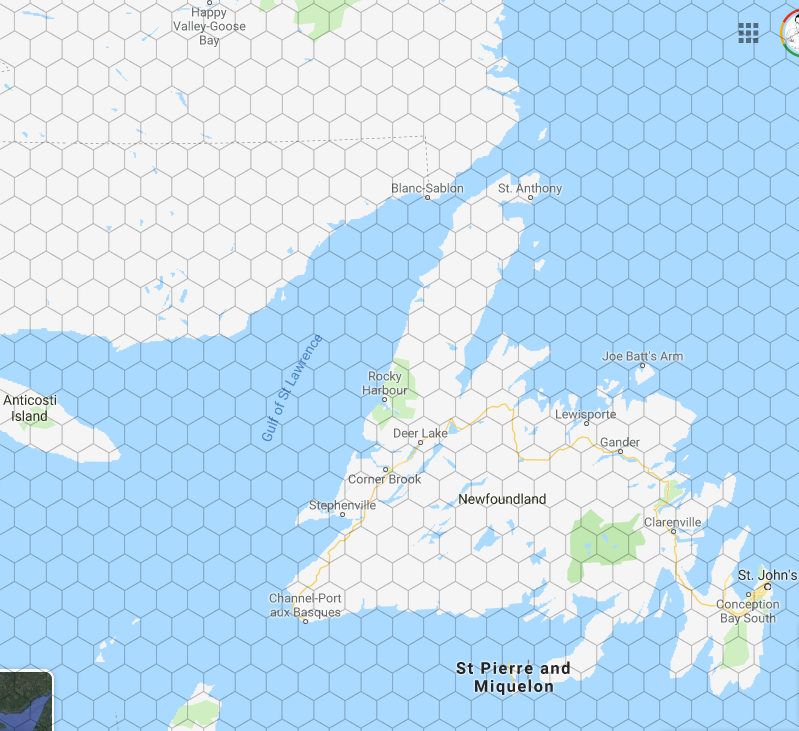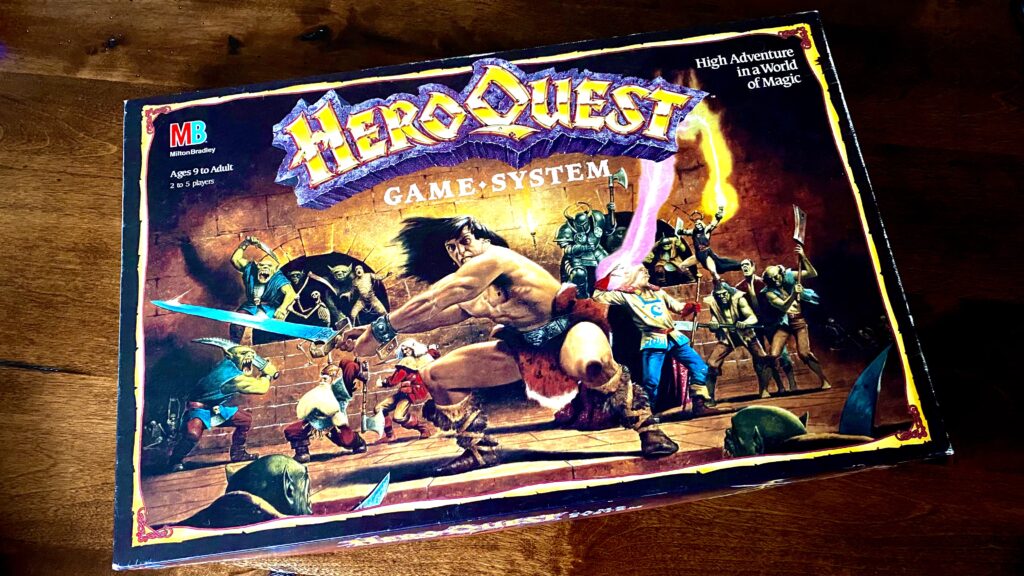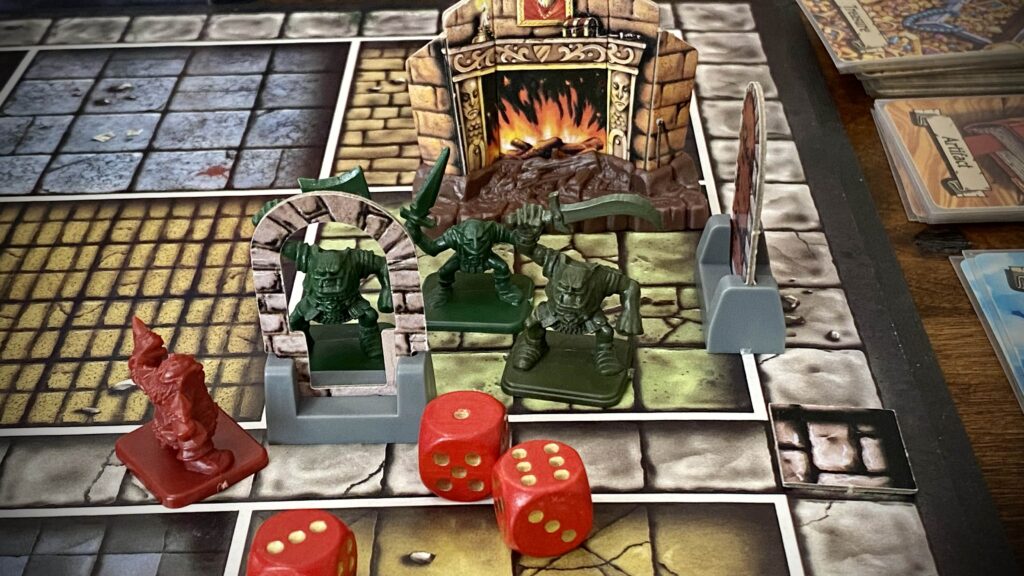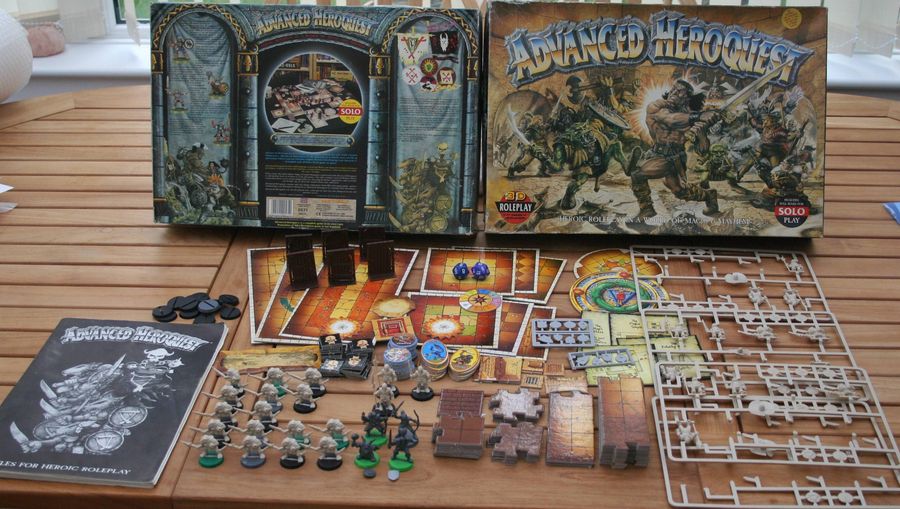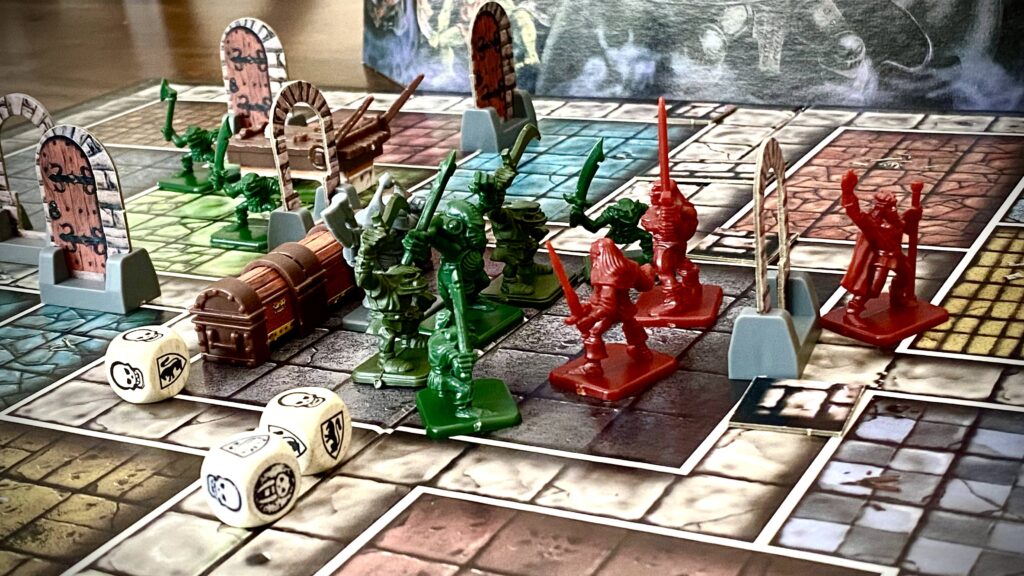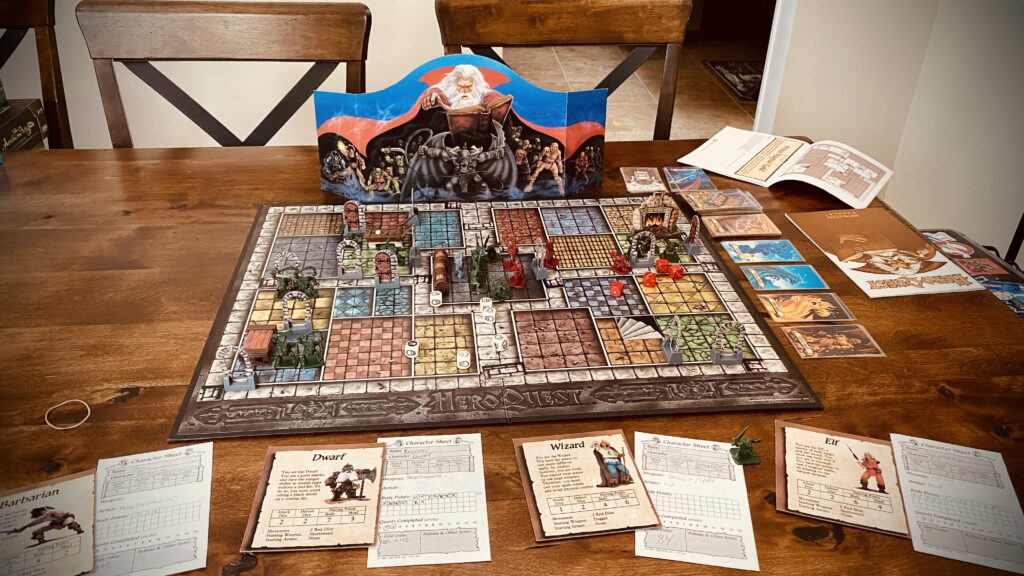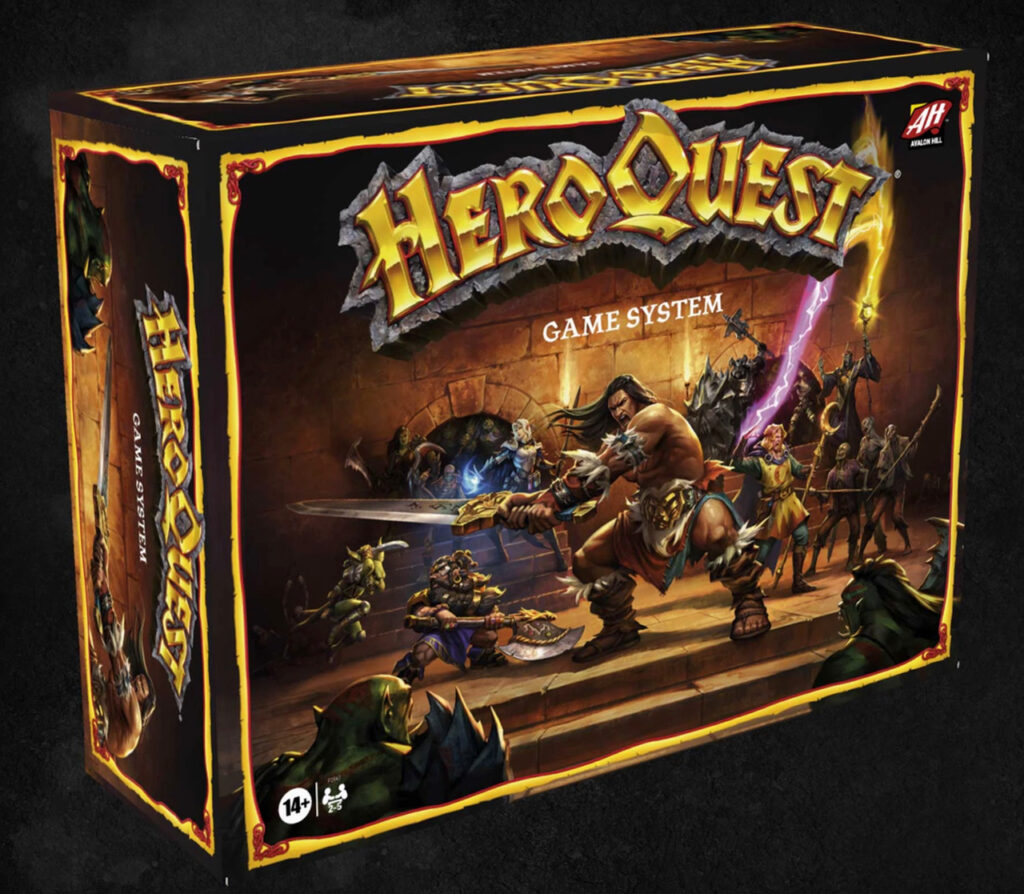Are you sick of slaying Orcs? Are you so fed up to death of hitting the tavern in search of prime questing? Have you had it up to here with having to persuade the rest of the party to stop and rest so that you can memorize your spells? Are you sick of being a level 2 wizard and feeling as useless as a fart in a gale?
Are you just SO done with dragons, flagons, truncheons, dungeons, broadswords, long swords, great swords, bastard swords, two-handed swords, short swords, and all of the inherent dangers of running around with sharp and pointy things while hideous monsters try to stabbity the shit out of you until your HP hits zero?
And yet, you picky bastard, you still want to play tabletop RPGs?! You still want to chuck dice, experience narratives and have good times with your friends while pretending to be a person who isn’t you? You’re a traditional player, you say? Not into lighting ten candles or filling out flash cards or writing journals as game mechanics? Ok, how about this?
Here are ten (or so) traditional role-playing games that aren’t Dungeons & Dragons, and why you should play them:
A quick note: I’ve restricted this list to games NOT based on an established licensed intellectual property, that was an intentional choice – some of my favorite games are actually based on licensed IP, that is yet to come! I swear!
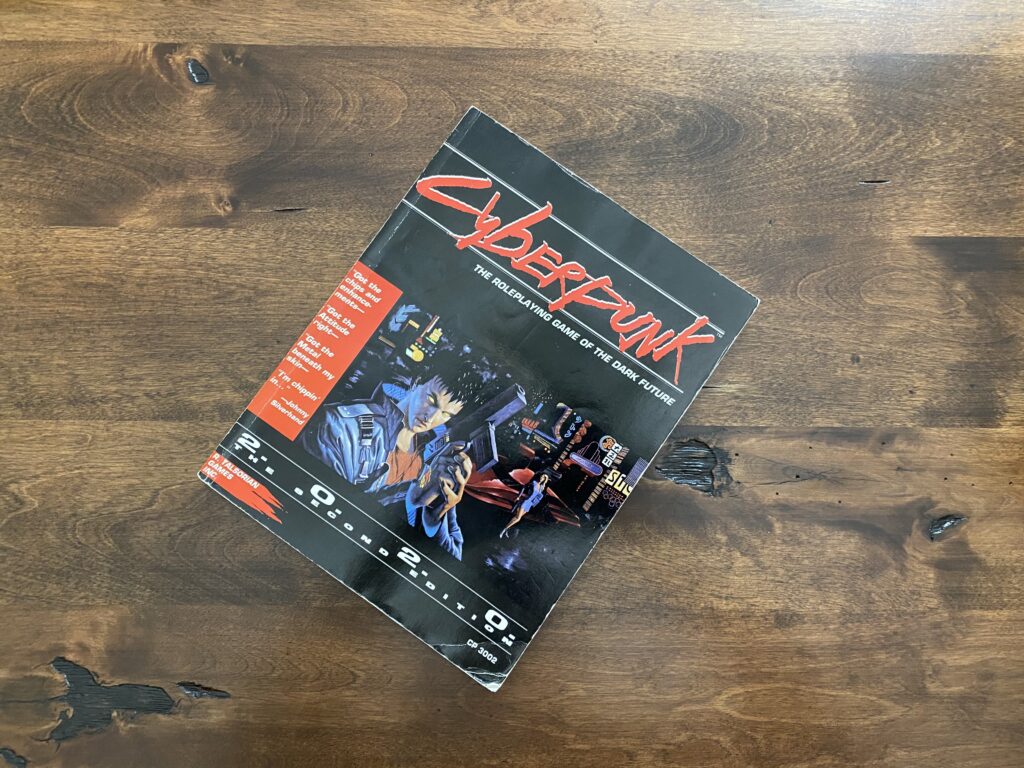
Cyberpunk 2020
OK, Yeah, so its a little dated; 2020 didn’t exactly pan out as expected, lets shuffle that to one side a moment. Do you like Blade Runner? Have you ever read any William Gibson? Well, Cyberpunk 2020 is THE defacto cyberpunk RPG. Creator Mike Pondsmith has gone on to be one of the defining creators of the genre, his “High tech, low life” descriptor has become synonymous with Cyberpunk. It’s a decidedly ’80s view of the burning chrome future; mirror-shades, cybernetic body parts, VR hackers called “Netrunners”, the matrix, gangs, hair-metal rockerboys, corporate powers, neon and rain slicked streets of concrete and steel, motorcycles and futuristic muscle cars.
It’s all powered by a simple, intuitive system that uses your attributes and associated learned skills to roll a pool of D6’s, scoring a number of hits to succeed. It’s easy to learn, and pretty straightforward to run if you’ve read a few Cyberpunk novels (Neuromancer or Snow Crash) or seen some anime (Akira, Ghost in the Shell, and Bubblegum Crisis are all great starting points). It’s an easy book to dive into (if you can find it), there is a new version out there called Cyberpunk RED (timed to release alongside the colossally huge video game, Cyberpunk 2077) but it currently only exists as a starter box, which is fine if you like that sort of thing. If what you’re looking for is straight up cyberpunk theme, you can’t do any better than this.
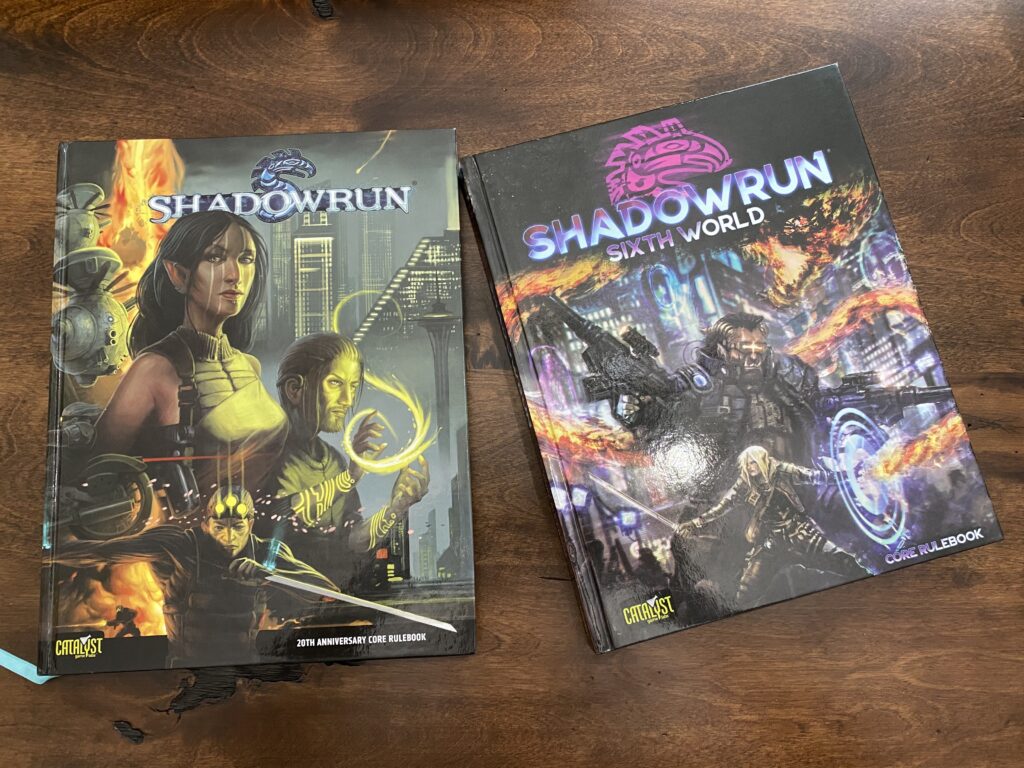
Shadowrun
Here’s where it gets interesting. Shadowrun, introduced in 1989, takes the neon-lit, rain-slick streets of Cyberpunk, complete with hackers, the matrix, laser edged katana blades, corporate wars, and more guns than you can shake a pair of mirror shades at, and throws in a global upheaval that returned magic, metahuman races, dragons, spells, ghosts, you name it, to the world. It’s like someone spilled Dungeons & Dragons into your Cyberpunk 2020, and it is freaking. Awesome. Unlike Cyberpunk 2020, Shadowrun has been more or less fully supported since its introduction, which gives you a wealth of editions to track down in the used market, and a ton of supplemental material, including some truly unique settings that change the game radically. There are two things that really make this one special; the world that’s been built is macro-level detailed, incredibly varied, and flavored as hell, and the unpredictability of encounters and characters is unlike anything else out there. Want to create a suit-wearing corporate mage who’s as adept with his Uzi as he is with tossing fireballs or traversing the astral plane? Go for it! Want to make an Orc Street Shaman who follows the noble Dog spirit and sells trinkets and potions out of a corner store? Go crazy! Sure, the framework is familiar; Shadowrunners are criminals who operate in the mean streets and complete contracts (read: quests) for corporate or criminal interests, but the execution is just all-out wild! Yes, a dragon can become president of the United States (and did in the metastory) or run a multinational megacorporation.
A few words of warning: Shadowrun is infamous for its crunchy ruleset, whether you stumble across a used copy of an early edition rule book, or you dive into the more streamlined 6th edition released in 2019, be prepared for a lot of math, and a mittful of six-sided dice. It’s not the easiest system for a beginner to dive into, and character creation can be a little overwhelming if you go in cold and try to create a ‘runner from scratch. It uses a similar system to Cyberpunk 2020 in that it’s a dice pool built by skills and linked attributes. You still count the ‘hits’ that you roll to match a target, BUT, there are many modifiers to consider that add and subtract dice from your pool before you can roll, and additional mods to apply afterwards. It can definitely become a little insane.
All that said, Shadowrun is quite possibly the best, most logical depiction of firearms combat I’ve seen in a tabletop RPG. If you can get into a game with an experienced Game Master, that’d be my first recommendation. If you’re running, maybe start with the beginner box and graduate to the full fledged rule book after a game or three. If you can climb the chain-link fence that is the rules (which are very well presented, even in earlier editions, I might add), I can guarantee you a very good time on the other side.
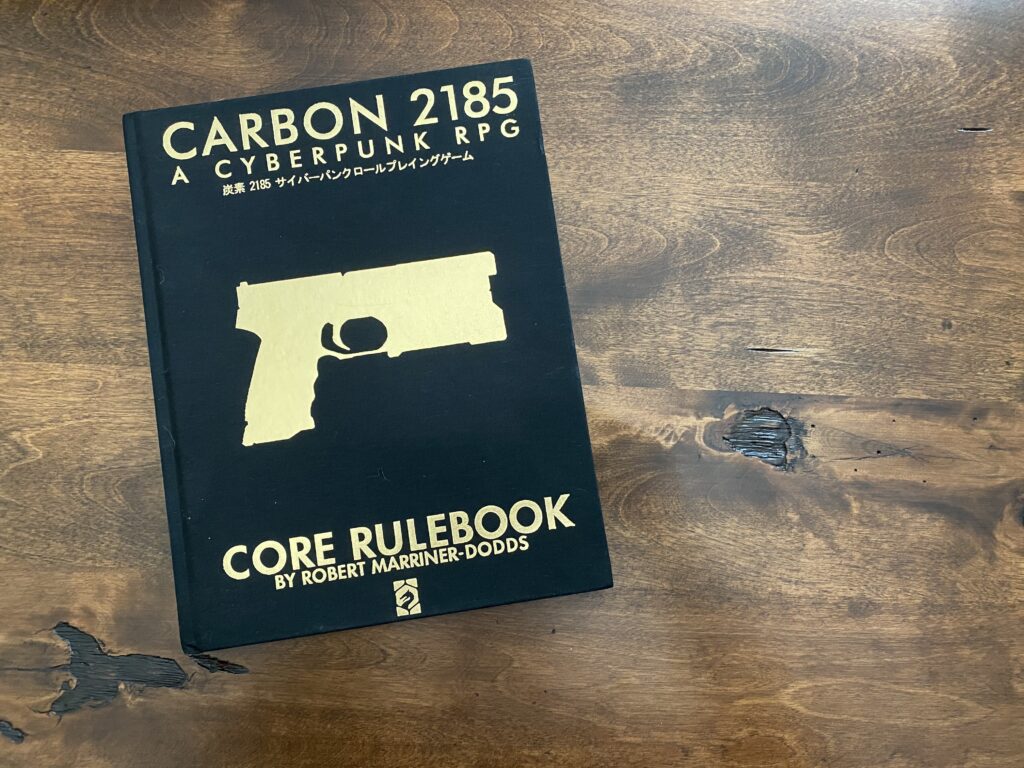
Carbon 2185
There are three key reasons why I’ve included a third Cyberpunk-based RPG in a row: 1. Cyberpunk is cool as shit, and hotter than hell right now with that big video game around the corner. 2. There are just enough thematic differences in Carbon 2185 to really differentiate itself from Cyberpunk 2020 and Shadowrun, it feels like a pretty unique, diverse setting, and 3. this is my list.
Firstly, Carbon 2185 really draws its biggest strength from its narrative design, there’s a ton of world-building in here that doesn’t entirely rely on cool art (which it does have) or experience with the genre (you don’t HAVE to know your Bubblegum Crisis from your Neuromancer), you can just read about a very cool sci-fi setting that stretches a little further beyond the usual corporate wars and cybernetics of the cyberpunk tropes, and start creating characters. The core rules were released in 2019, and its readily available through Dragon Turtle Games’ website as well as in PDF (digital) through drivethrurpg.
The big reason I recommend Carbon 2185: If you’re coming from Dungeons & Dragons 5th Edition, the rules here are identical. Mechanically, it’s 5E plugged into a sci-fi setting, and that works well enough. The downside? Some of the choices made by the designers to shoehorn their cyberpunk setting into D&D don’t really make logical sense; combat mechanics, while great for swinging swords and shooting bows, don’t loan themselves as well to full autofire from a high tech assault rifle, and level progression feels arbitrary and tacked on. Also; why the heck can hackers only have so many “hacks” per day? That’s just strange, man. That aside, if you want to get out of the dungeon, and can’t really fathom digging into a new game engine or set of rules, Carbon 2185 is the game for you!
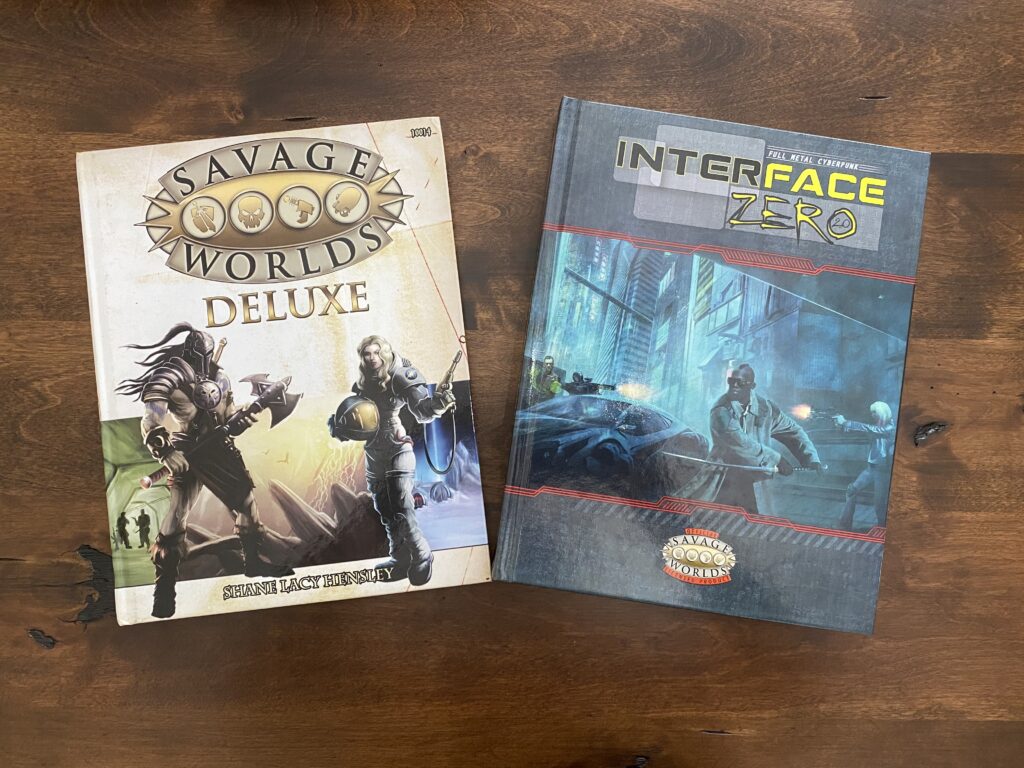
Savage Worlds
Savage Worlds is something just a little different. Included in the core rulebook is a game engine, a fast, easy, but well-designed system that’s quick to learn, and allows for implementation into any number of settings. Other companies have done this sort of thing in the past (Steve Jackson’s GURPS comes to mind) and Fantasy Flight is currently doing something similar with their Genesys system, but none do it better, more streamlined, and with as little overhead as Savage Worlds.
The core rules give you enough past, present day, and future sci-fi stats and scenarios to get your creative juices flowing, and there’s a treasure trove of homemade settings available online (I’ve run Blade Runner, Fallout, and Modern day crime, and even played in an amazing campaign based on ’80s G.I. Joe). Beyond that, many developers have produced some truly fantastic and expansive supplemental books which are as fully detailed as any other RPG on the shelf, If you want a hot take on cyberpunk, look up Interface Zero 2.0, every bit as awesome as Cyberpunk 2020 or Carbon 2185. If you really want some awesome stuff, check out Dead Lands, a near-legendary weird-west horror-cowboy setting. Other notable settings include Weird Wars, a World War 2, soldiers vs. Eldritch horrors sort of thing, and the Savage World of Solomon Kane (based on the Robert E. Howard monster slayer).
The system is just different enough, a lightweight, fast moving skills based engine, without being obtuse or tough to learn. Some settings will be easier to find than others, but be sure to dig around online, you’ll almost certainly find something that will appeal to a group that’s burned out on Dungeons & Dragons, and a good chunk of them are FREE!
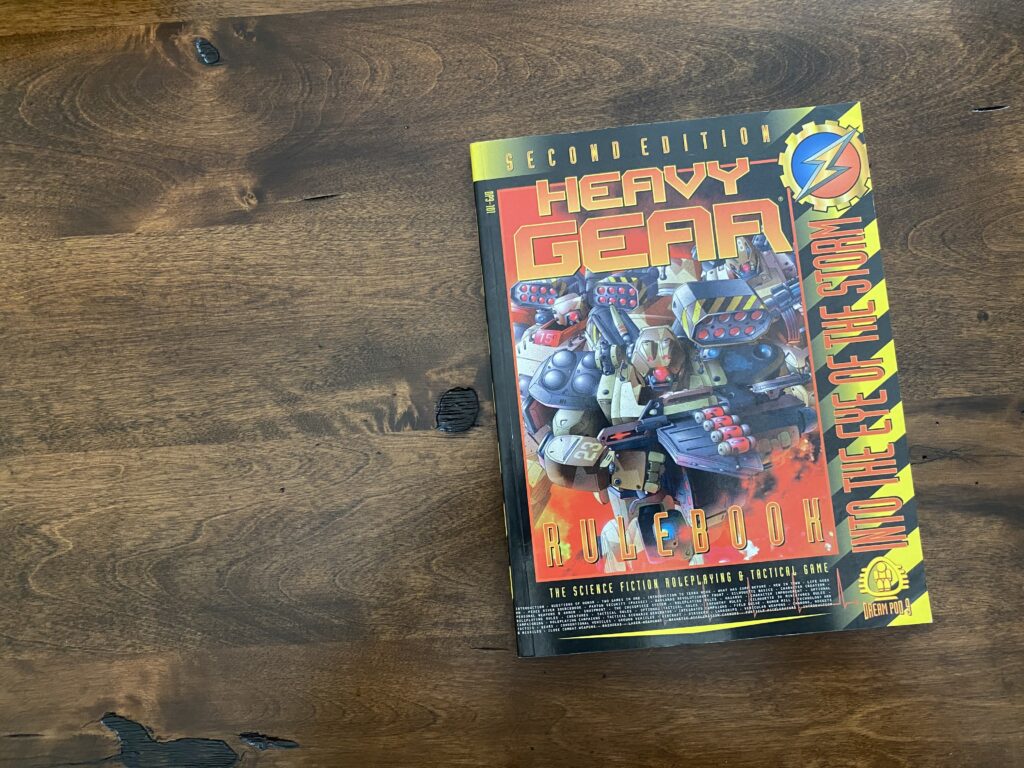
Heavy Gear
If you’re looking for something far removed from typical fantasy, with a decided sci-fi war feel, Heavy Gear is your boy! Set on the distant planet of Terra Nova, the northern and southern hemispheres are at odds with one another, while a giant planetary desert runs the circumference of the equator. The North and South use anime-inspired war-machines called Heavy Gears to throw lead and missiles at one another, with the people of the Badlands caught in the middle.
It’s not quite Gundam or Robotech in terms of 50 foot giant robots, the ‘bots of Heavy Gear are the stars of the show; they skate around on wheeled feet with machine guns and rocket pods, and share a design sensibility with the “mehca” anime of the 1980s. The design, by Dream Pod 9, looks absolutely great, and the books are well put together with a ton of flavor and meat to dig into. There’s also a wealth of supplements out there to dig through, and it’s all readily available in digital formats.
I recommend Heavy Gear to anyone who digs anime, robots, or robot anime. While the tone it sets is perfect, and the design is great, the “Silhouette” game engine by DP9 is absolutely phenomenal. It’s lightweight, easy to manage, relies entirely on skill based D6 rolls, and makes easy, logical choices in dealing with combat, damage, and interacting with scale (giant robots vs. Tiny fleshy humans). I honestly can’t heap enough praise on this setting, or this system, it’s just a ton of fun to work with and play in.
The downside, is the publication history is more than a tad convoluted for those who go in uninitiated; there are literally hundreds of books out there spread between three editions of the RPG, the tactical miniatures skirmish game, and the more recent “Heavy Gear Blitz” product. If you can find a print copy of 1st or 2nd edition, that’s the way to go. 3rd is ok if you can also happen upon the stand alone Silhouette ruleset (and it also includes conversion notes for 3rd edition D&D, which I’d honestly avoid). So yeah; 1st or 2nd edition rulebook, maybe the equipment guides for north and south factions, the Into the Badlands sourcebook, and the Welcome to Terra Nova sourcebook, easy enough if you’re going digital, but rough if you want to play from a print copy, as most of this stuff hasn’t been printed since the early 2000’s. It’s worth it in the long run, as my time with Heavy Gear has been some of the most fun I’ve had at the gaming table!
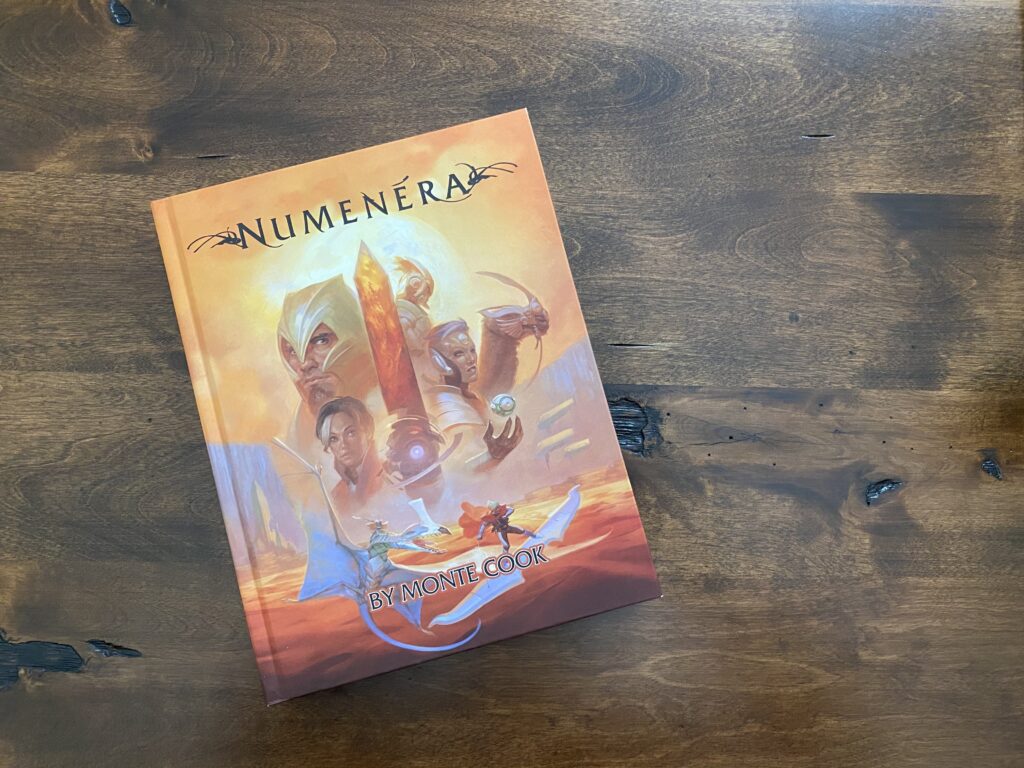
Numenera
Developed by Monte Cook, one of the core designers of D&D 3rd and 5th editions, Numenera is quite possibly the single most unique, weird, and yet accessible gaming setting and system out there. The catch is that Numenera is set millions of years into Earth’s future, where several ages of Human civilization have risen and fallen into obscurity, and a new, feudal-fantasy world has been constructed over the ruins. It’s as though you took a D&D setting like Dragonlance and constructed it on top of not one, but eight separate sci-fi worlds that have long since eroded to dust. Players explore and adventure, discovering ancient technology, weird creatures, portals to other worlds, long-dormant machines, weird objects, and technology that appears as though it’s magic. Fantastical creatures, wondrous items, a multitude of powerful factions, and the potential for just about any flavor of a campaign all reside in a single tome, and a few supplements if needs be. There’s really no other setting out there that comes close to Numenera’s level of imagination and creativity.
As good as the setting is for narrative experimentation and clever hooks, the Cypher system is equally great, easy to learn, and yet it feels completely different from anything else that’s out there. Character creation is fast and fun, and combat mechanics feel fluid with very little bloat. Overall, it’s not only one of the best alternates to D&D out there, I’d consider it one of the finest games I’ve played. The only caution I would give, make sure you go in with a plan, and players who are more interested in the role-playing side than the game side, as Numenera is really more about playing in that sandbox than playing with the rules. If you ever wanted to run a home brewed Masters of the Universe campaign, this is as close as you’ll get without starting from scratch.
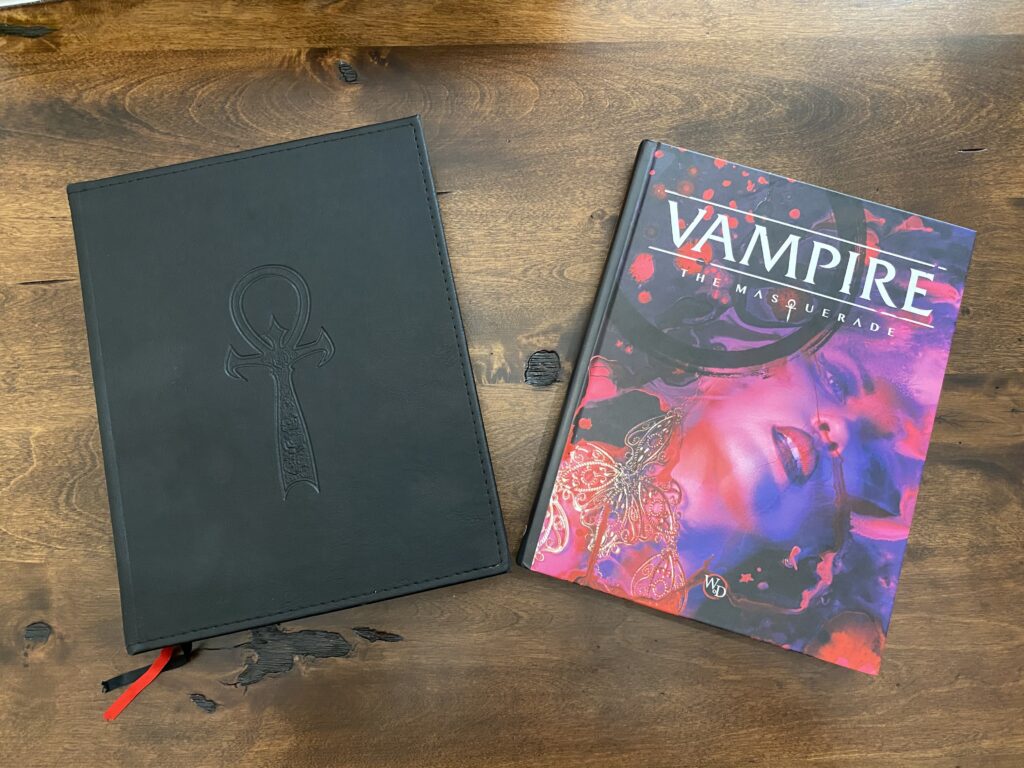
Vampire: The Masquerade
So, you’ve done all you can with Dungeons & Dragons in terms of character development, you’re sick of rules crunching and management as a player and you really want to step deeper into inhabiting a character. As a GM, You’re looking for more involving storytelling, with more proactive characters, and a player-driven narrative that really focuses as much on character interaction as it does combat. Welcome to the World of Darkness.
There are a few reasons why Vampire: The Masquerade was, in the early to mid ’90s, every bit as popular as D&D at the gaming table. It differentiated itself a lot. It put the spotlight front and centre on the “role-playing” aspect of Role-playing games. It also embraced the gothic subculture at a time when it was moving out of the underground and into the mainstream. The timing was perfect.
We all know what Vampires are. What Vampire: the Masquerade did exceptionally well, was build on the mythos of fiction like Bram Stoker’s Dracula and the works of Anne Rice, by adding a fully fleshed out society of rival clans, mob-like families, ruling hierarchies, and more player choice than just about anything that came before. This is all wrapped up in some gorgeous artwork, and supported by a meaty, but not too heavy engine, and a truckload of supplemental material that covers every clan (from the punk-like Brujah to the crazy Malkavian, to the aristocratic Ventrue, or the ghoulish Nosferatu), many cities, and all of the history of the shared universe called the World of Darkness (also included were solid games like Werewolf: The Apocalypse, Wraith: The Oblivion, and Mage: The Ascension).
The engine in use is another Attribute+Skill system where players roll pools of 10-sided dice and attempt to reach a predetermined amount of “hits”, with additional “hits” adding to their magnitude of success. The system was heavily derived from Shadowrun back in the day, though highly streamlined. The simple system works well in opposition to the wealth of character choice, powers, and supplemental choices available to players. Vampire: The Masquerade is choice heavy, allowing players to build a unique character that really suits their own style.
Vampire: the Masquerade is really, for lack of any easy way to say it, some real next-level shit. Every other game on this list, even the more mechanically complex ones, can be tackled in much the same mindset as D&D, but Vampire requires something very different. You need players who are fully committed (or maybe should be committed) for this to work. You can go sessions, multiple sessions, or even entire campaigns without ever rolling for initiative or starting a combat round. Players need to want to inhabit this world, and they need to be able to really play a character. As a GM, you need to do the same, and plan your campaign in such a fashion that the players can steer the narrative as freely as you, while simultaneously staying true to the moral and ethical truths of the Vampire world. If there was ever a tabletop RPG for wanna-be actors, V:tM is it. If the magical combination is there, an open GM with a collaborative group of immersed player-actors, I’ve seen few games truly sing at the table like Vampire: The Masquerade. If you’re group is more casual, loot-driven, combat happy, and rules heavy. Maybe you should avoid.
Because of the popularity back in the day, 1st and 2nd edition books should be pretty easy to come by in the secondary market. White Wolf (or some new facsimile of) teamed with Modiphius as publisher in 2018 to resurrect the setting in all of its original splendour, and that book is in print, readily available, and gorgeous!
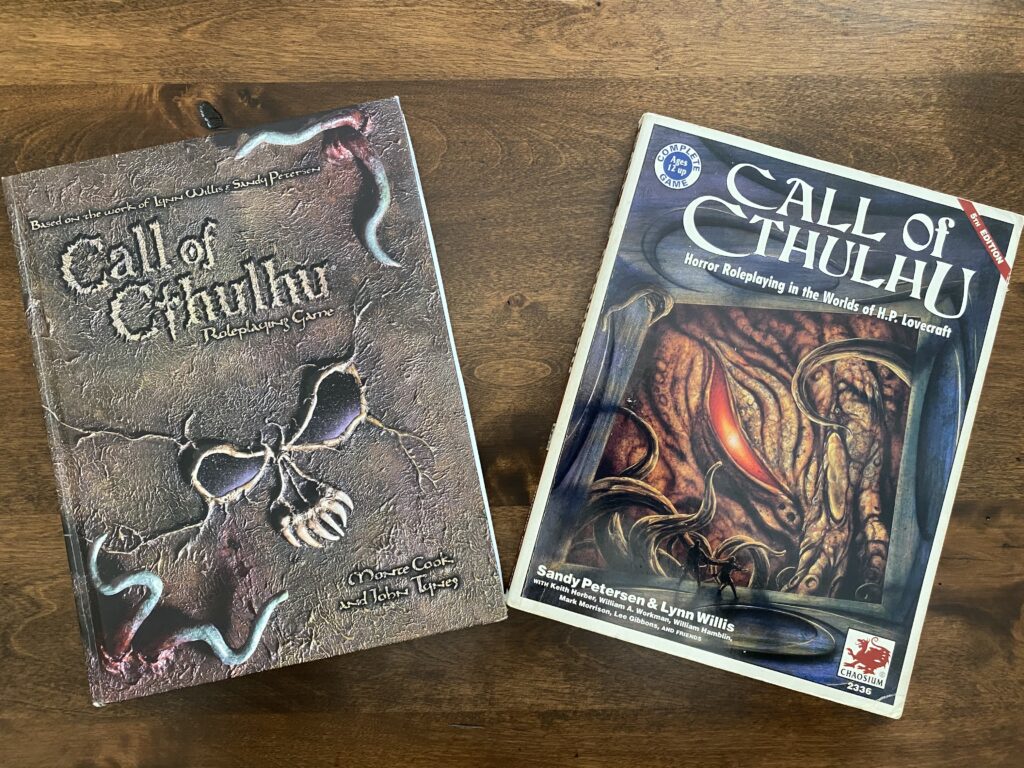
Call of Cthulhu
What’s that? You don’t know what a C’thulhu is? First of all, I call bullshit, but OK, Call of Cthulhu is arguably the most popular work of prolific early 20th-century horror writer HP Lovecraft. Lovecraft’s specialty was fear of the unknown, pure existential dread, and bizarre cosmic entities that defy human comprehension. Call of Cthulhu, the game, has been around in some incarnation or another since the very early ’80s, its popularity seeming to rise and fall like the waves of the sea above ancient R’lyeh, where Cthulhu lies dreaming.
In the pen and paper game, players take the role of investigators, generally operating out of settings influenced by Lovecraft’s stores, but not always. The focus is on terror and sanity rather than out and out combat, as investigators attempt to explore and explain the unseen and unknowable without turning their psyche into mashed potato. It tends to work best in a contemporary to Lovecraft era (so 1920’s or 1930’s) but I’ve played in successful campaigns set during World War II, in the Wild West, and even in the 1990s.
What’s really unique, so far as I know anyway, is in how the supplemental material can be used to completely alter the tone or feel of your typical Call of Cthulhu campaign; supplements out there for the current edition (7th) may set it in Australia, the aforementioned Weird West, an X-Files-like modern day, or even turn it into a rollicking pulp-novel, two-fisted action tale. There’s a ton of variability here, and if you’re a fan of the whole Lovecraft/Cthulhu/Arkham style of horror, and don’t feel it’s been overdone, you could definitely have a ton of fun here.
Call of Cthulhu uses a simple, percentile driven system which tests skills against a percentage rating using 2 ten sided dice (or a single 100 sided dice if you’re a sadist). It’s easy to learn, easy to put characters together, and provides a wealth of options for a would-be GM. There was a D20 version (using D&D 3rd edition rules) developed back in 2001, which worked surprisingly well, but is pretty rare these days. Your best bet is the 7th edition player and gamekeeper guides, as well as a few supplements if you choose to modify the tone or setting of the game.
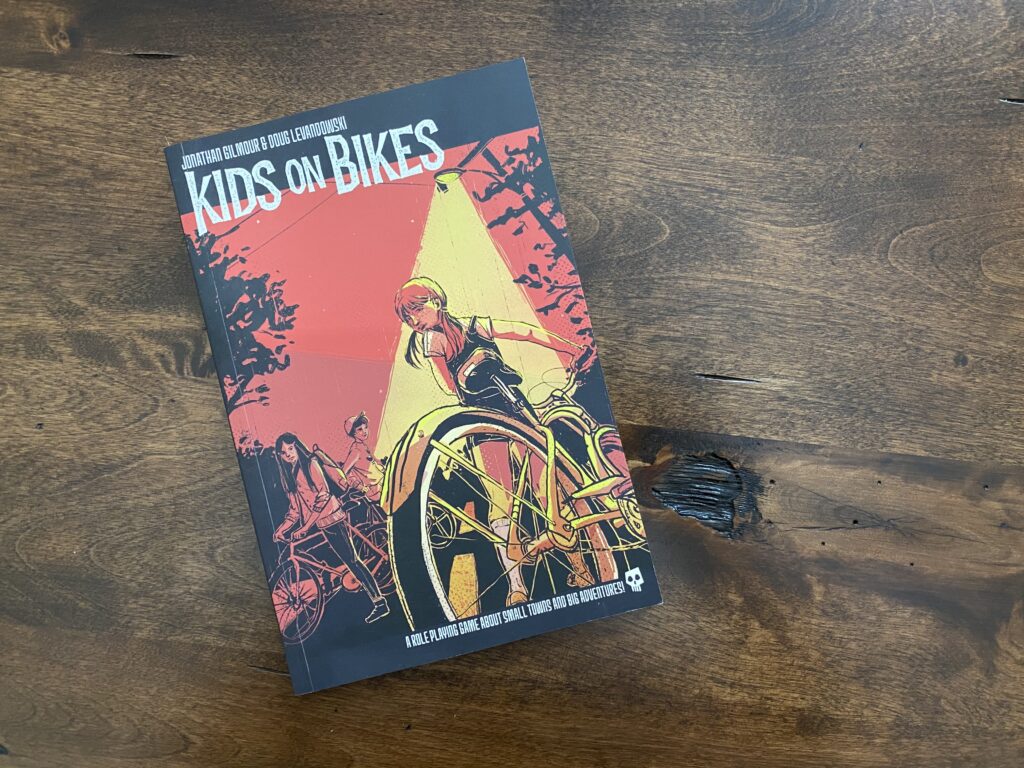
Kids on Bikes
This is without a doubt the most “vastly different” game on the list. Kids on Bikes doesn’t cross over into “abstract” or “high-concept” territory, it’s still very much a game system with characters and stats and dice rolls, but it’s also something more than a little special. What it is, is an extremely lightweight game where kids say words like “shit” and “dickhead”, and you push that PG-13 rating for all the horror you can muster.
It comes wrapped up in an extremely small 75-page paperback that could probably fit in some jacket pockets.
Narratively, it takes the “kids in trouble” tropes of early Stephen King books like Stand by Me or IT, movies like The Goonies, or even shows like Stranger Things, and turns them into a tabletop adventure. The simple mechanics guide a game that’s closer to the real world than most, and yet wholly fun and easy to play for those of us who came of age before cel-phones or the internet. There’s not a lot to work with in the book in therms of pre-established settings or campaigns, so it might require a little more imagination on the Game master’s part to develop a setting and a story.
There’s not too much else to say really, if you dig movies like Super 8, and want something you can get to the table quickly for a one off, or even a prolonged campaign, you can’t go wrong with Kids on Bikes.
As an aside, I’ll mention Tales from the Loop as well. That game treads on similar ground, but is a much more mechanically complex and traditional pen-and-paper package, with a less accessible narrative.
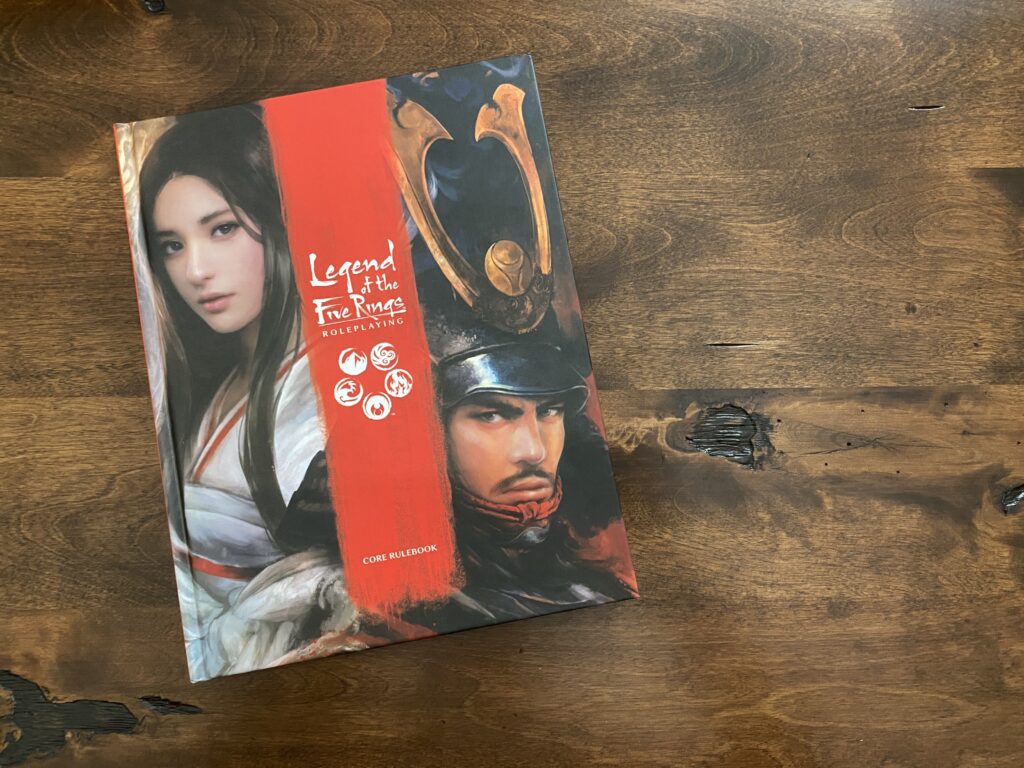
Legend of the Five Rings
OK, so Legend of the Five Rings, or L5R as it’s often called, does contain fantastical elements, it is essentially a fantasy role-playing game, however where it really sets itself apart is in its use of Feudal Japan and Japanese folklore and mythology in its depiction of Rokugan (which was itself a setting for Dungeons & Dragons 3rd edition at one point). Thematically, however, the Japanese flair and Samurai tropes really make L5R feel like its own beast. Characters are derived from Samurai clans and fit vaguely into a warrior, monk, thief, or mage box, but again, there’s more than enough contrast here to warrant its inclusion on the list
Legend of the Five Rings uses a wonderfully unique system that flows smoothly and is easy to pick up. The “roll & keep”mechanic builds your dice pool from an attribute and a skill, but unlike Shadowrun, Cyberpunk, or Vampire, the skill tells you how many of the rolled dice you get to keep. The more skilled you are, the better chance of hitting your target number. Fifth Edition used a similar mechanic, but relied on a slight variation that used symbols and custom dice, similar to Fantasy Flight’s Genesys engine, but maintaining the “roll & keep” mechanic. This made Fantasy Flight’s skill resolutions feel a little more “narrative driven” than just straight up math, and passes and fails could still affect your character and your role-playing.
There may not be quite as many skill, weapon, and magic choices as there are in some games, but it works in L5R’s favor, and the game more than makes up for it with a rich and detailed setting that allows for some detailed character creation and some great storytelling. If you ever wanted to weave the tale of a Samurai epic, Legend of the Five Rings is your best bet! The most current version is a gorgeous tome published by Fantasy Flight Games, earlier editions were solid as well, and I’m torn as to which edition I prefer. Either one (outside of 2nd edition) should be somewhat easy to score on the used market. There was an Arabic-themed spinoff published during the third edition run called Legend of the Burning Sands, which used the same rules, and that might be worth a look as well if you’re feeling that sort of a theme.
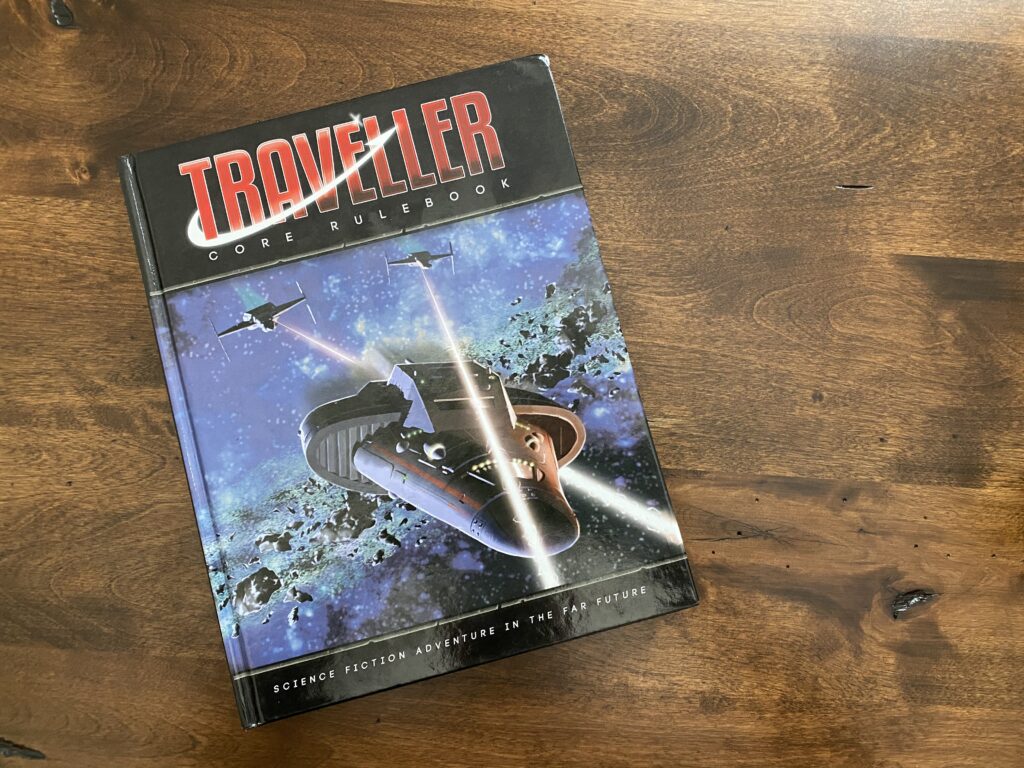
Traveller
Originally published in 1977, Traveller takes your RPG group into the realms of science-fiction and space opera. If you’re looking to crew an interstellar trading ship, seek out new life, boldly go where no one has gone before, or otherwise make your way in the galaxy with a fast ship, a blaster, and a roguish grin, there are few games as versatile and in-depth. The system is a simple enough skill-test system that relies on rolling 2 6-sided dice to complete most goals. It really is a simple system to manage and work with, but it’s the wealth of background and narrative detail that really sets it apart.
Traveller is infamous for its character creation, and is likely the most detailed and involved process of any game I’ve played. Players sit down as a group, and more than likely your first session will be dedicated to making choices and then rolling on tables to simulate your character’s past history, events that honed their persona, skills, and a back catalogue of friends, foes, and ancilliary stuff that gives a fully rounded character at the start of the game instead of a blank level 1 noob.
While there’s literally 40 years worth of mythology, supplemental material, and different editions out there to wade through, I’m most familiar with the Mongoose Publishing version, and their 2nd edition, released in 2016. The core book doesn’t give you much narrative meat in terms of setting, but it gives you more than enough to create your own sci-fi opus inspired by Star Wars, or Star Trek, or Mass Effect, or however you want to play it. There are supplements out there that delve into ship design, the canon setting, The Imperium, and additional gear, ships, and options for play.
Sure, the system is easy, but the level of detail is intense, and maybe not what I’d call accessible for those who aren’t particularly well versed in the sort of RPG that requires a lot of page flipping and crunchy background variables. That said, if you’re looking for a breezy game engine with macro-level detailed characters to pin onto a homebrewed interstellar space setting, you can do no better than Traveller.
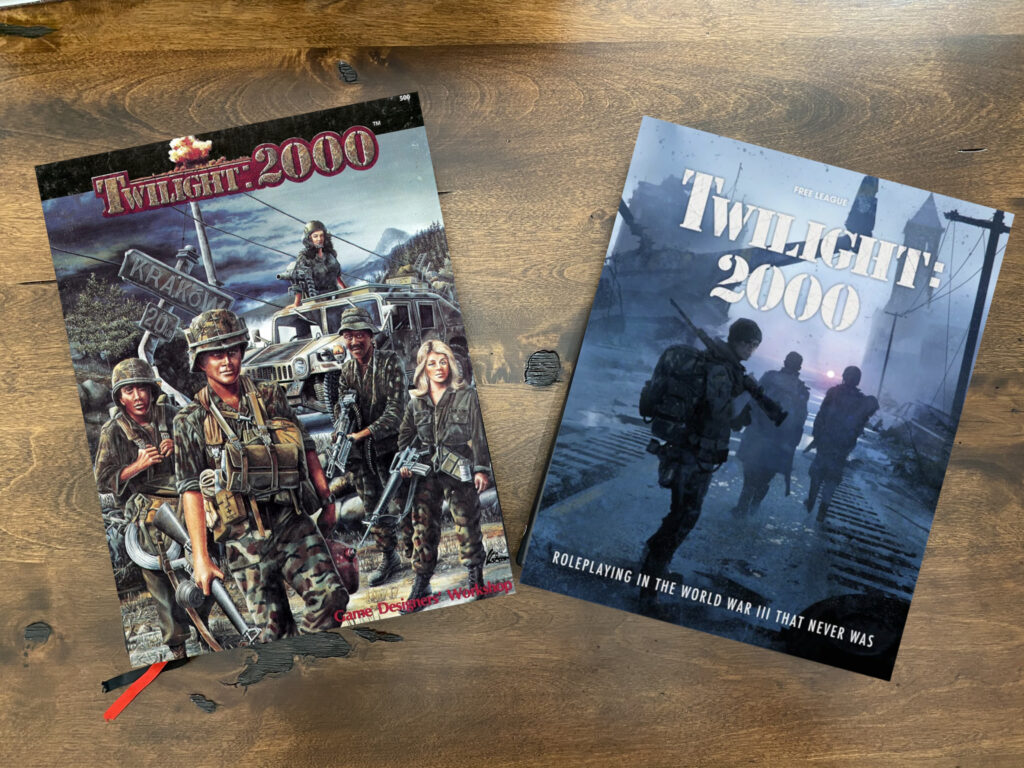
Twilight 2000
There are two ways to look at Twilight 2000, it’s either an early ’80s relic of the whole “Red Menace” era of the cold war, or it’s an alternate history tale of post-nuclear war and those who are left behind. If you’re looking for something different from your typical High Fantasy settings, it doesn’t get much more different than this. Twilight 2000 tells the tale of a small scale Nuclear war that suddenly ended the cold war, now known as the Twilight War in the year 2000.
With countries, left disconnected and scrambling, players take the role of soldiers or surviving civilians, trying to find what remains of civilization, or government. Communication is at a standstill, travel is tough, resources are tight, and other pockets of those left behind will fight to survive every bit as hard.
The unique setup is backed up by a solid percentile game system, detailed character building that runs through your past history in a similar fashion to Traveller, and an attention to detail that offers a ton of gear and weaponry for players to fixate and obsess over. It’s dark, depressing, heavy duty human drama, and if you’re looking for something a little more grounded, with detail to spare and a more real world spin on combat and survival, Twilight 2000 is well worth the effort.
There have been three editions over the years, all of which are readily available digitally, but are a little harder to track down in hardcopy. The most recent edition, Twilight 2013, is almost 15 years old, and moved the timeline forward, making changes to the core storyline that dulled the games edge in my opinion. Thankfully, Free League (developer of the superb Alien tabletop RPG and Tales from the Loop) is bringing the brand spanking new 4th edition to market in early 2021, and it looks absolutely staggering.
So there you have it, a handful of tabletop RPGs to diversify your game nights! Put aside the high fantasy and branch out. Be creative. Let me know if you have any more-traditional faves yourself that aren’t based on licensed properties, and aren’t high fantasy titles.
Until next time.
